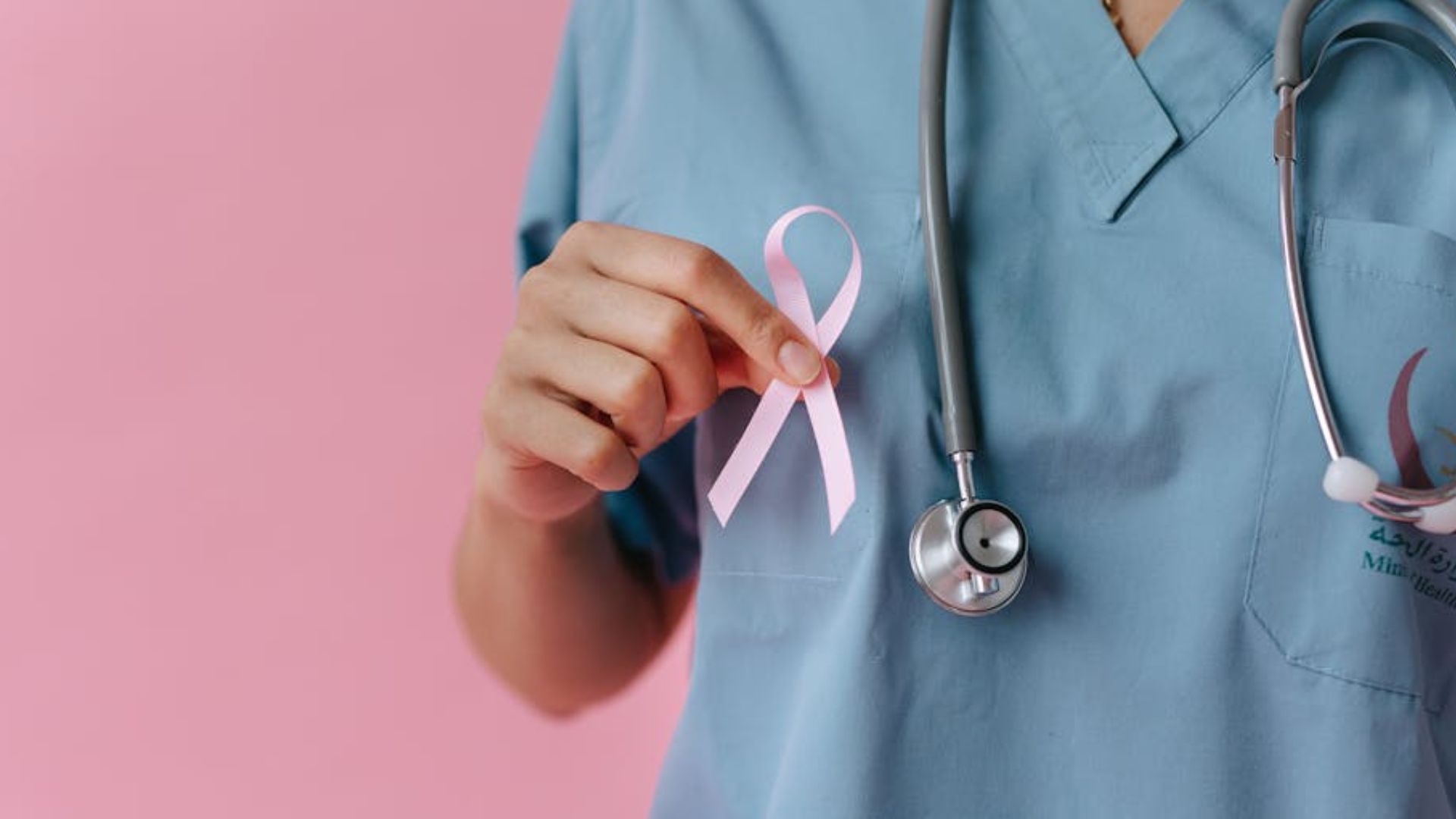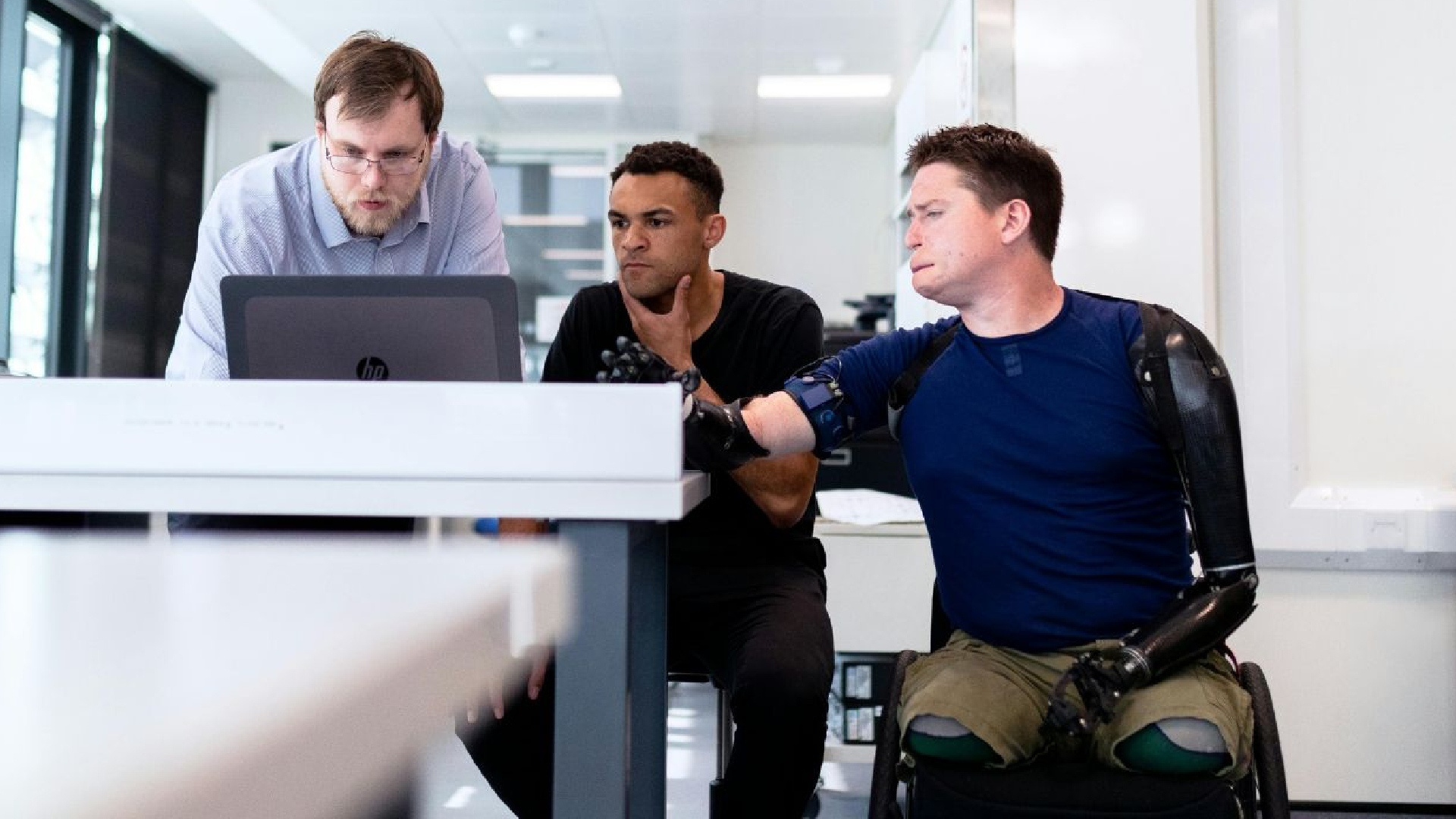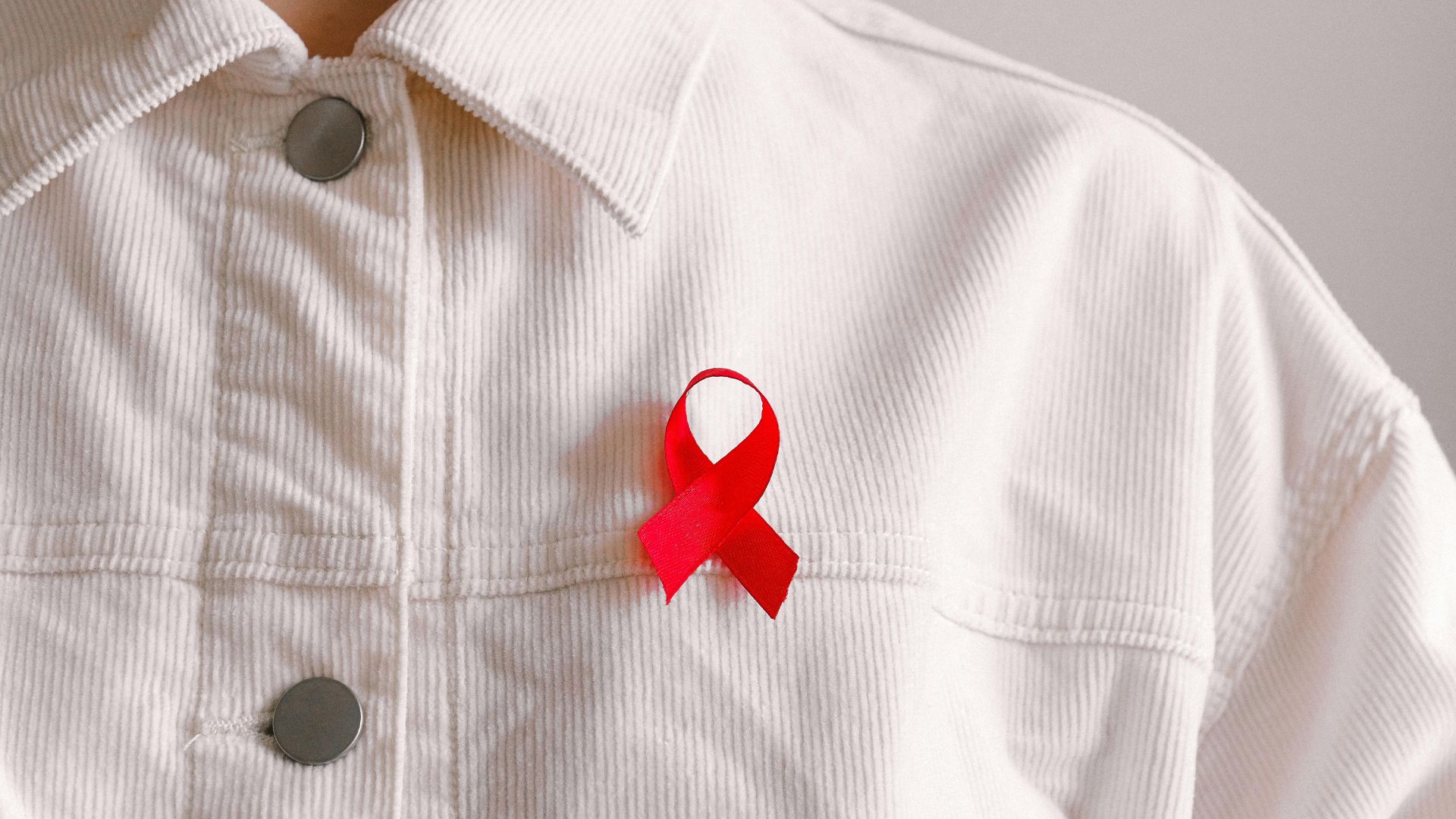Breast cancer is a disease that affects mostly women, learn some statistics about this disease in Mexico and how you can help people to reintegrate to their working life after having it.
Meet the origin of this eventsome of the professionals who are most affected by this disease, preventive measures and how a company can facilitate someone's return to work after a diagnosis of breast cancer.
What is International Breast Cancer Day and when is it commemorated?
The October 19 marks International Breast Cancer Awareness Day worldwide; however, during an international awareness campaign is being carried out throughout the month. on this topic. This date was established in 1988 thanks to the World Health Organization (WHO).
Breast cancer is a disease that causes the cells of the mammary gland to multiply at an accelerated rate.which causes a tumor that can invade tissues close to the breast.
WHO explains that the treatment to eliminate it may vary depending on how advanced the condition is.. Usually involves surgery to remove the tumor, radiotherapy and drug treatments..
According to the Pan American Health Organization (PAHO), this type of cancer is the most common cancer in women worldwide.
While the disease can impact anyone, greater access to health services is common in countries with more advanced economies as compared to those with emerging markets. This is evidence that in some territories it will be easier to obtain treatment to eliminate this type of cancer.
Breast cancer statistics in Latin America and Mexico
Based on PAHO data, there were 220,000 new breast cancer diagnoses in Latin America and the Caribbean in 2022.. In addition, the mortality rate in women under 50 years of age was 21% in Latin America.which contrasts with a 10% from North America.
If we move on to the data specific to Mexicothe National Institute of Statistics and Geography (Inegi) detailed that in 2023 there were 8034 deaths from breast cancer in people over 20 years of age.. Specifically, the 99.5% of cases occurred in women..
Recommendations to reduce the risk of having breast cancer
The National Institute of Public Health (INSP) explains that there are three techniques effective in the early detection of breast cancerwhich are:
- clinical review and assessment of risk factors by the physician;
- regular breast self-examination;
- performing a screening mammogram (screening).
In addition, we recommend a monthly self-examination starting at 20 years of agea annual clinical examination from the age of 25 and a mastography starting at age 40. The mastography is an X-ray that is used to detect nodules and cysts that are impossible to detect with a manual examination.
The culture of prevention is very important, which is why it is important to a healthy lifestyle and habits are recommended.. Some of the suggestions are:
- not smoking and moderating alcohol consumption;
- have a balanced diet;
- consume folic acid;
- make physical activity at least 30 minutes a day.
Can breast cancer strike men?
This disease is uncommon in men; however, there are reported cases. Inegi reported that the breast cancer incidence in 2019 was 0.42 new cases per 100 000 men aged 20 years and older..
However, there is no updated data on how many cases there were in 2023.The year that was taken as the reference year to obtain the information on women. Another variant to consider is that Inegi does not differentiate whether it happened with cisgender or transgender men..
On the other hand, we do have the mortality rate for breast cancer in men over 20 years of age up to 2023.This represented the 0.5% of the deaths in Mexico; that is, 42 persons.
Some of the risk factors that increase the likelihood of developing breast cancer in men include:
- have family history of breast cancer;
- having used estrogen-containing drugs to fight prostate cancer;
- having received radiotherapy to the thorax;
- having Klinefelter's syndromeThe body can cause the body to produce higher levels of estrogen and lower levels of androgens;
- have liver disease (cirrhosis can decrease androgen levels and increase estrogen levels).
How to improve the return to work of someone who had breast cancer?
The The Spanish National Institute of Occupational Safety and Health (INSST) has produced a guide to for the return to work after breast cancer diagnosis. Some of the most noteworthy points with which a company can support are:
- making adjustments to working conditionsThe design of the job, tasks, working hours and reduction of stress factors;
- develop health prevention activities in the workplace;
- do not neglect emotional health and psychological support. after the experience of this disease;
- to promote the return to work activities when the person is physically and mentally healthy.
Occupations that have a higher risk of having breast cancer
The National Epidemiology Center of the Carlos III Institute of Health in Madrid (Spain) compared several epidemiological studies from 1993 to 2000, in order to find out if there were occupations that implied a higher risk of developing breast cancer in women.
The origin of the studies was from various countries such as the United States, Canada, Italy, Denmark, the United Kingdom, China and Puerto Rico.
The results concluded that secretaries, teachers, hairdressers and workers in the health care, pharmaceutical, chemical and telecommunications industries have an increased risk of developing breast cancer.
However, the article states that there were some limitations to the analysis:
"In many of the studies reviewed it was not possible to take into account hormonal and reproductive factors or the strong influence of socioeconomic status, aspects that are also interrelated. Both would explain the excess risk observed in some of the occupations mentioned, as well as the high incidence among executives, professionals and women with social and religious work".
Did you know these prevention measures and facts about breast cancer?
With information from InegiGovernment of Mexico (1, 2 y 3), Health Gazette, OPS, INSP, ILO, WHO e INSST
Research and editing by José Manuel Ríos, Rodrigo Hernández and Mildred Pérez de la Torre




